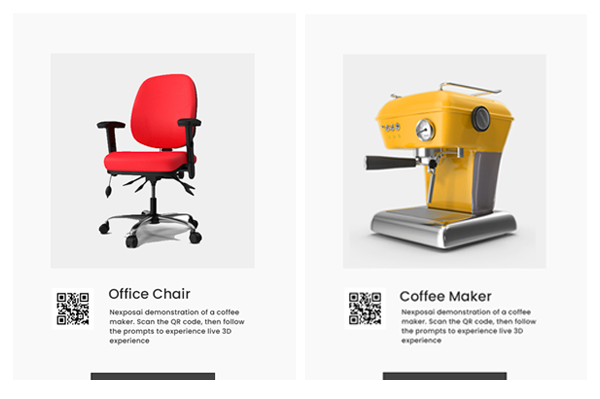Transforming B2B Sales in the Digital Age with Interactive Product Experiences
Welcome to the digital age, where technology is revolutionizing the way businesses operate and connect with their customers. In this fast-paced and competitive landscape, B2B sales teams are constantly seeking innovative strategies to boost their performance and stay ahead of the curve. One such strategy that has gained significant traction is the use of interactive product experiences powered by augmented reality (AR) and artificial intelligence (AI).
What are Interactive Product Experiences?
Interactive product experiences refer to the use of AR and AI technologies to create immersive and engaging digital experiences for potential buyers. By leveraging these technologies, businesses can showcase their products in a virtual environment, allowing customers to interact with them in real-time. This goes beyond traditional product images and descriptions, providing a more dynamic and personalized experience.
The Power of Interactive Product Experiences in B2B Sales
So, how exactly can interactive product experiences boost B2B sales in the digital age? Let’s explore some key benefits:
- Enhanced Product Visualization: With interactive product experiences, B2B buyers can visualize and explore products in a way that was previously unimaginable. They can view products from different angles, zoom in on specific features, and even see how the product would look in their own environment. This level of visualization helps buyers make more informed decisions and increases their confidence in the product.
- Improved Customer Engagement: Interactive experiences captivate customers and keep them engaged throughout the buying process. By allowing buyers to interact with products, businesses can create a memorable and personalized experience that sets them apart from competitors. This increased engagement leads to higher customer satisfaction and loyalty.
- Streamlined Sales Process: Interactive product experiences can streamline the B2B sales process by providing all the necessary information in one place. Buyers can access product specifications, pricing details, and even place orders directly from the interactive experience. This eliminates the need for back-and-forth communication and speeds up the sales cycle.
- Data-Driven Insights: AR and AI technologies enable businesses to gather valuable data on customer interactions and preferences. By analyzing this data, sales teams can gain insights into customer behavior, identify trends, and tailor their offerings to meet specific needs. This data-driven approach leads to more targeted and effective sales strategies.
Real-World Examples and Results
Interactive product experiences have already proven their effectiveness in various industries. Let’s take a look at some real-world examples:
- Automotive Industry: Car manufacturers are using AR to allow potential buyers to virtually explore different car models, customize features, and even take virtual test drives. This has resulted in increased customer engagement and higher conversion rates.
- Manufacturing Sector: Industrial equipment manufacturers are leveraging interactive experiences to showcase complex machinery and demonstrate their functionality. This has helped them communicate the value of their products more effectively and close deals faster.
- Architecture and Design: Architects and interior designers are using AR to create virtual walkthroughs of buildings and spaces. This enables clients to visualize the end result and make informed decisions about design choices, leading to improved client satisfaction.
The Future of B2B Sales in the Digital Age
The potential of interactive product experiences in B2B sales is immense, and the technology is only going to become more sophisticated in the future. As AR and AI continue to evolve, we can expect even more advanced features and capabilities that will further enhance the buying experience.
According to industry forecasts, the global market for AR and VR in enterprise applications is expected to reach $30 billion by 2023. This indicates the growing adoption and acceptance of these technologies in the B2B space.
Conclusion
In the digital age, B2B sales teams need to embrace innovative strategies to stay competitive. Interactive product experiences powered by AR and AI offer a unique opportunity to boost sales, enhance customer engagement, and streamline the buying process. By leveraging these technologies, businesses can create immersive and personalized experiences that leave a lasting impression on potential buyers. So, don’t miss out on the potential of interactive product experiences in transforming your B2B sales in the digital age.





